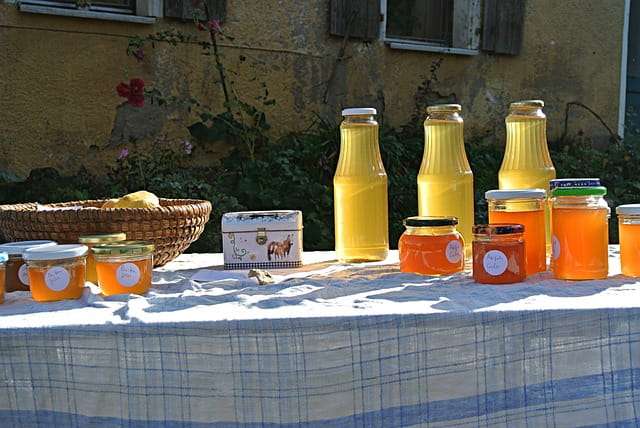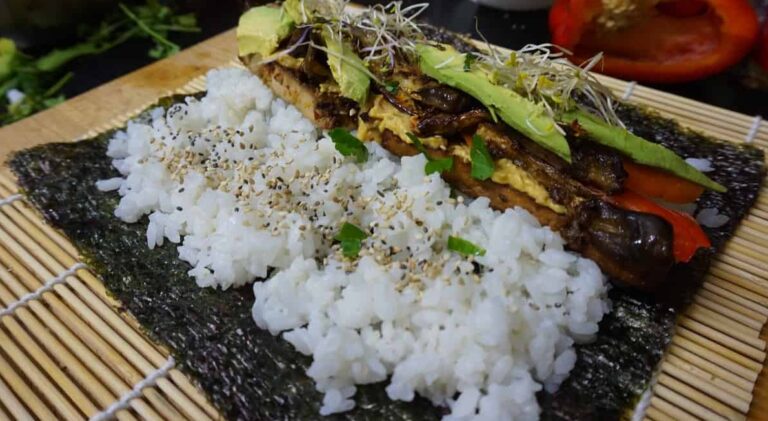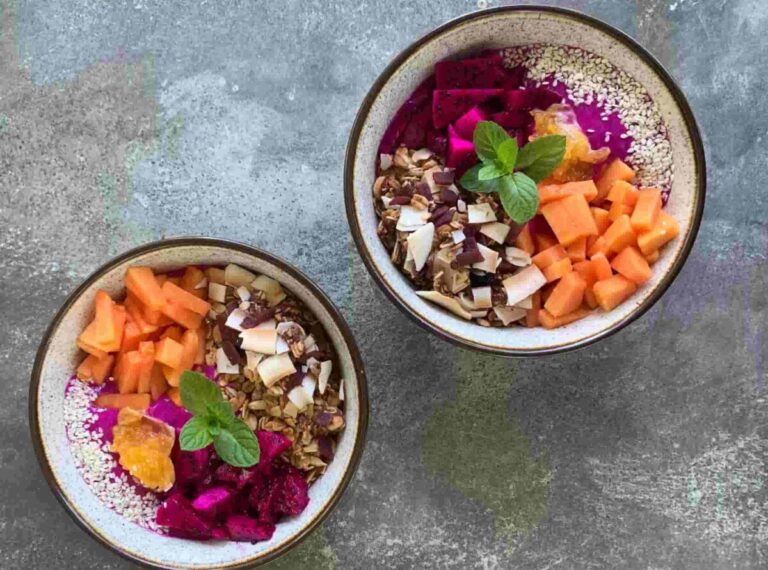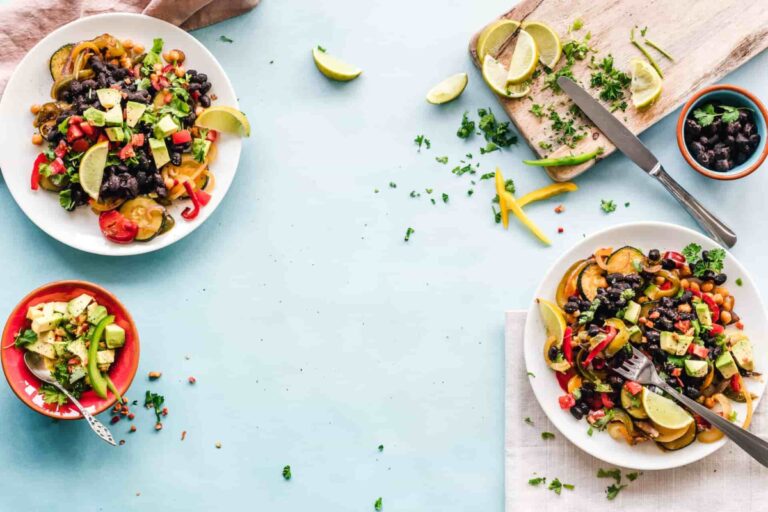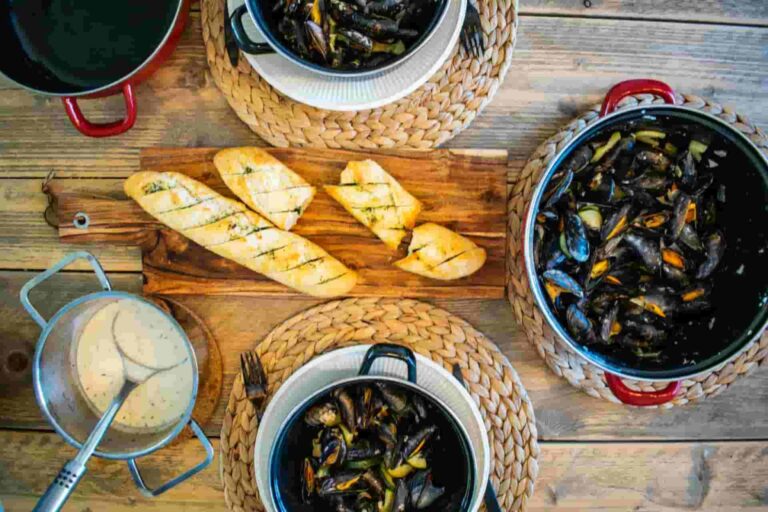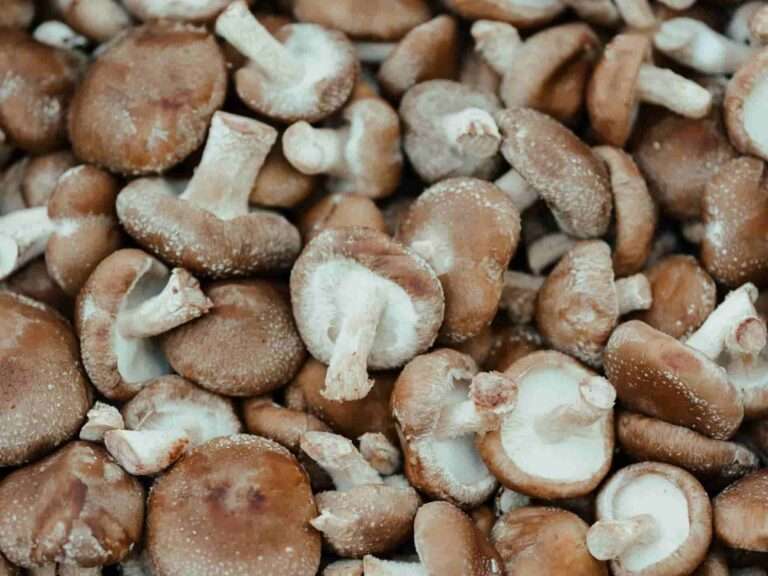Quince 101- kitchen insights and benefits
Did you known that the recipe for quince paste has been traced back to the ancient Roman?
- There is a recipe for stewing quince with honey that is contained in the Apicius Cookbook, which is a collection of Roman cuisine recipes that was compiled in the late fourth or early fifth century AD. The Apicius Cookbook was developed in the late fourth or early fifth century AD. The quince fruit is used to make quince cheese, which is similar to jam but thicker and sweeter. Quince cheese is a delicacy in and of itself.
- Quince was considered to be a symbol of fertility in ancient Greece, and it was a significant part of the ceremonies surrounding marriage. It was given as a present, applied to the bride’s teeth to freshen her breath before to entering the bridal chamber, and consumed jointly by the bride and husband. The quince gained its reputation as the “fruit of love, marriage, and fertility” as a result of the connotations mentioned above.
- Even though the ancient Greeks had developed and grafted quince with an exceptional quality, it is only in recent years that agricultural scientists have hybridised a fruit with a softer texture and a juicier flesh. The fruit was widely disseminated in artistic drawings, as wall paintings and mosaics at the lost city of Pompeii, Italy. Even though the ancient Greeks had developed and grafted quince with an exceptional quality.
- Throughout the Medieval Ages, quince was considered to have great worth. It was commonly offered at the tables of kings and aristocracy, who ate it as a show of their grandeur at banquets other luxury culinary occasions. It was also provided during the tables of commoners.
- In today’s world, quince may be grown in conditions ranging from warm-temperate to temperate on every continent. Because of their astringency, fresh quinces are not often consumed (due to high tannin content). Since it has a large amount of pectin, it is often used in the preparation of jams, jellies, and other types of preserves.

Quince nutrition values and health benefits
- Due to its high fibre content and plenty of essential vitamins and minerals, including moderate quantities of vitamin C and copper and trace amounts of B vitamins, iron, potassium, and magnesium, quinces are a great addition to almost any diet. Potassium and magnesium are included as minor components as well.
- Quinces have been linked to a number of health benefits, some of which may be due to the fruit has high concentration of antioxidants. Antioxidants protect your cells from damage caused by free radicals, which are unstable molecules. They also minimise metabolic stress and inflammation.
- Some research suggests that the flavanols quercetin and kaempferol, two types of antioxidants present in quinces, may aid to reduce inflammation and provide protection against chronic illnesses including heart disease.
- Women often feel nausea and vomiting in their first trimester of pregnancy. There is hope, according to a few studies, since quinces have been shown to help with these symptoms. One study involving 76 expectant mothers found that 1 tablespoon (15 mL) of quince syrup was much more effective than 20 mg of vitamin B6 in alleviating nausea and vomiting associated with pregnancy. These results are promising, but they still call for further research.
- Many digestive disorders, including Irritable Bowel Syndrome, have long been treated with quinces in traditional and folk medicine. Inflamatory bowel diseases (IBDs) like ulcerative colitis have been linked to tissue damage in the digestive system, and current research suggests quince extract may help prevent this damage.
- Preliminary research suggests that quinces’ plant components may be useful in the treatment and prevention of stomach ulcers. In a laboratory dish, quince juice was shown to inhibit the growth of H. pylori. pylori, a kind of bacterium formerly associated with the development of stomach ulcers. While this research shows some encouraging results, further investigation is needed.
- Quince syrup, also known as acid reflux or gastroesophageal reflux disease, has been the subject of many research that suggest it may be useful in the treatment of GERD symptoms. Seven weeks of study on eighty children with acid reflux found that daily doses of quince syrup were as effective as the medication often used to treat this condition. In another study with pregnant women, quince syrup (10 mg) taken after meals was just as effective as normal treatment in lowering acid reflux symptoms.
- Since quinces have been shown to reduce the activity of some immune cells responsible for allergic reactions, they may be useful in treating a wide range of allergy symptoms. There is a commercially available allergy treatment that combines lemon juice with quince fruit extract to treat allergies. Some preliminary research suggests it might be useful for avoiding and treating mild allergic reactions like a stuffy nose or asthma. But, more research is needed before scientists can say for sure that quince products are as safe as conventional allergy medications.
- The immune system may benefit from eating quinces. In addition, the vitamin C in just one quince provides 15% of the recommended daily allowance (DV), which is essential for maintaining a strong immune system.
- In addition, just one fruit provides 6-8 percent of the daily fibre consumption. Sufficient fibre intake aids in keeping your gut microbiome (the community of beneficial bacteria in your digestive tract) at a healthy level. It has been proven that keeping the gut microbiome in good shape reduces inflammation and increases resistance to illnesses caused by harmful bacteria (gut microbiome).
100g of quince has 57 calories (216kj), 0.4g protein, 0.1g fat, and 15g carbs, including 1.9g fibre.
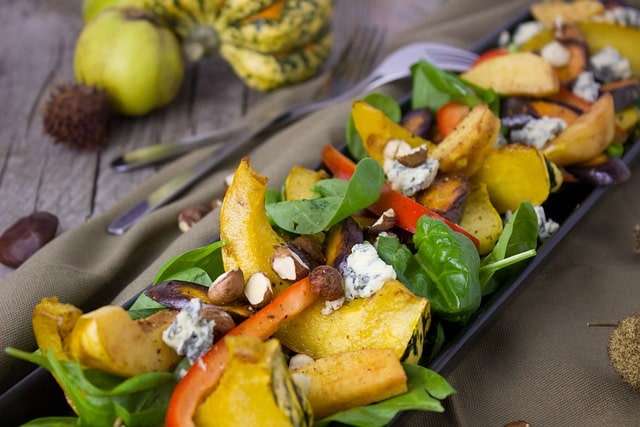
How to store quince and how to buy them
- Quince is not a fruit that keeps well after it has been picked. It is not possible for it to maintain its freshness for an extended period of time in your kitchen or pantry. But, if you have purchased some quince and want to use it within the next three days, there is no need to refrigerate the quince; you can just keep it at room temperature.
- If you want to keep them fresh for several days when the temperature is at a regular level, you may store them in a location that is cool and dark. You may leave them out on your countertop, or you can put them away in the larder for a few days’ worth of storage. If you store them at room temperature, you should use them within a week or they will go bad. If you put them in the refrigerator, you may keep them for much longer.
- It is not recommended to put the entire quince in the cold storage compartment of the refrigerator. But, if you have already consumed some of the quince and are still left with some of it, you should avoid eating the remaining quince. The refrigerator is the ideal location for storing the leftovers. If you leave the quince that has been cut off on your countertop for even one day, it will go rotten.
- But, if you put the leftovers in the refrigerator, they will remain edible for at least ten days after being stored there. When placing them in the refrigerator, ensure that they are sealed in freezer bags or an airtight container.
- It is not suggested to freeze quince since it does not maintain its freshness for very long after being frozen. It will not go bad, but regrettably, it will lose its flavour, and maybe even its texture as well. The appearance of fresh quince will be quite different from that of frozen quince.
- If, on the other hand, you need quince to be kept for an extended period of time, your best bet is to put it in the freezer. You may freeze it in its whole or chop it up into pieces and put either one of those options in the freezer. The quince that has been chopped should be transferred to freezer bags before being placed in the freezer for long-term preservation.
- Before you consume the quince, you should always examine its condition to determine whether or not it is fresh. There are a few clues that will tell us whether or not the quince is terrible. These indicators are listed down below:
- Feel the quince to get a feel for its consistency. If it is noticeably softer than normal, then it is a sign that it has already begun to go bad. If this is the case, you should not consume it.
- If the quince has some huge brown spots, this indicates that it is going bad and should not be consumed. You may remove that section of the fruit from the whole. But, if there is an excessive amount of it, toss it away.
- If the scent of quince makes you uncomfortable, it is in your best interest to get rid of it as soon as possible.
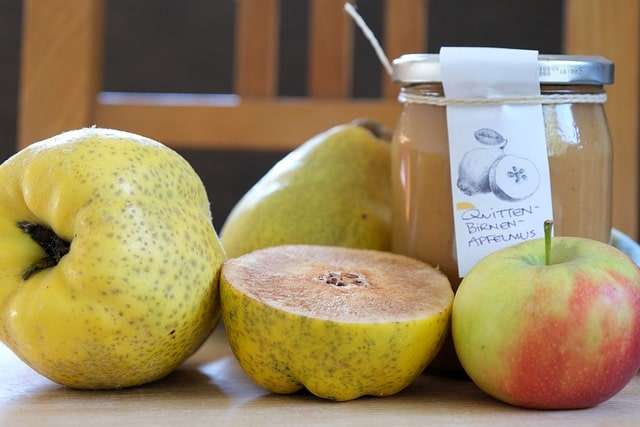
Cooking techniques, secrets, and tips from the kitchen
- When consumed in its uncooked form, quince has a very astringent flavour. Quince is difficult to eat due to factors unrelated to the flavour of the fruit. This fruit is skin resembles that of a peach in that it is abrasive, knobby, and fuzzy all at the same time. While raw, the flesh has a grainy texture and a sour taste due to the lack of cooking. After being cooked, the fruit will have a softer texture and will taste sweeter. Depending on how ripe it is, a mature quince has a robust aroma that may be described as being comparable to the scent of a tropical fruit or as having a deep, vanilla-based smell.
- Before you begin cooking with quince, the majority of recipes will instruct you to peel the fruit first. If the skins are smooth, clean, and thin, however, you may keep them on for a variety of meals as long as they are not very bitter. This applies to all types of dinners. When it is newly picked, quince is quite tough, thus when it is combined with other fruits in a dish, it is often pre-cooked in order to make it more manageable before being served. First, poach the quince, and then add it to the rest of the raw fruit in your favourite recipe for apple pie or pear cake.
- The quince may be prepared in a number of different ways, but one of the simplest is to poach it. As a result of using this method, you will have the opportunity to savour both the delicious fruit and the liquid that was used for poaching it. After peeling and slicing it, the quince should be cut into quarters. Prepare a poaching mixture consisting of water, honey, cinnamon, sugar, and any other spices you choose, and then simmer the quince in the mixture for 30 to 40 minutes. Depending on your tastes and preferences, you may either take the fruit out of the syrup and use it on its own right away, or you can put the syrup away and use the poached quince at a later time.
- When it is in season, quince, which in Spanish is referred to as the “membrillo,” is a delicious fruit that can be utilised in both sweet and savoury dishes throughout the winter months. The process of making quince paste is same to that of making quince jam; the fruit and sugar are both brought to a boil in a pot until the mixture becomes thick and sticky. As the water is extracted from the quince fruit, a delectable paste is created, which may then be cut into pieces. Quince contains a substantial quantity of naturally occurring pectin. In Argentina, where this dish is known as el martin fierro, quince paste is often served with cheese and crackers as an appetiser. In addition to that, it may be found in a wide range of sweet treats. Delicately flavoured quince paste, which can be purchased online and stored for year-round use, is considered a gastronomic treat.
- It is possible that you have never heard of quince fruit before, but you have probably heard of marmalade, which is typically thought of as a translucent fruit spread that is made by cooking citrus fruit with water and sugar until the peel becomes transparent. Quince fruit, on the other hand, is a type of fruit that is found in the genus Cydonia and is related to the citrus family. At the absolute least, the history of marmalade can be traced all the way back to ancient Rome, and the very earliest varieties of marmalade were originally made using quince fruit. Yet, the marmalade that was created with quince was more similar to quince paste than it was to the marmalade that we are used to eating today.
- The flavour of quince is enhanced with a number of other flavours, such as almond, apple, black pepper, cinnamon, ginger, honey, macadamia nuts, nutmeg, raisin, and vanilla.
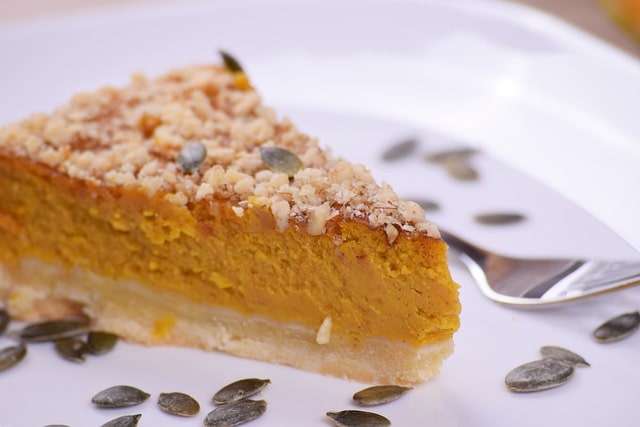
History of quince from the beginning until today
- The term for the branches of the quince tree provided the inspiration for the Spanish word that we use for our membrillo quince. While the branches are young, they are pliable, soft, and very durable, precisely as the word “mimbre” suggests (wicker). The word “mimbre” has a diminutive form that is referred to as “membrillo.”
- It is believed that ancient Babylon was one of the first places in which quince was grown, and it has always been highly valued for the medical characteristics it has.
- The Greeks were aware with a popular kind of quince that was cultivated on the island of Crete, namely in the city of Cydon; this is where the fruit got its scientific name, Cydonia oblonga. In ancient Greece, the quince was considered holy because it was associated with Aphrodite, the goddess of love and fertility. Before entering the wedding chamber, Greek brides were said to have chewed on a piece of quince to give themselves sweet-smelling breath, and one of the writers citing this practise was Plutarch.
- The Romans carried on the custom that was begun by the Greeks of depicting the goddess Venus with a quince held in her right hand. In addition to that, they provided the pair some quince to eat as a sign of fertility and good fortune.
- With the discovery of techniques of preserving foods in sugar in the fourth century AD, Roman agriculturist and writer Palladius worked on the notion of baking quince honey strips, which resulted in the volume of the quince honey being reduced by half and produced a spread. Recipes for jellies made with quince juice and honey started to emerge in written form as early as the seventh century.
- Throughout the Medieval Ages, quince was considered to have a great deal of worth. It was commonly offered at the tables of kings and aristocracy, who ate it as a show of their grandeur at banquets other luxury culinary occasions. It was also provided during the tables of commoners.
- The Arabs placed a high value on this fruit and were well aware of its many therapeutic benefits.
- Because of its extended shelf life, wide range of culinary uses, and high energy content, quince fruit has been farmed and prepared in rural areas for a very long time.
- The artisans of today have preserved the time-honoured practises and skilled labour of days gone by, and as a result, they are able to provide customers a product that is indistinguishable from that which was sold in ancient times. This one-of-a-kind fruit has been elevated to the level of respect in the culinary community that it justly merits as a result of the efforts of some of the best chefs in the world.
